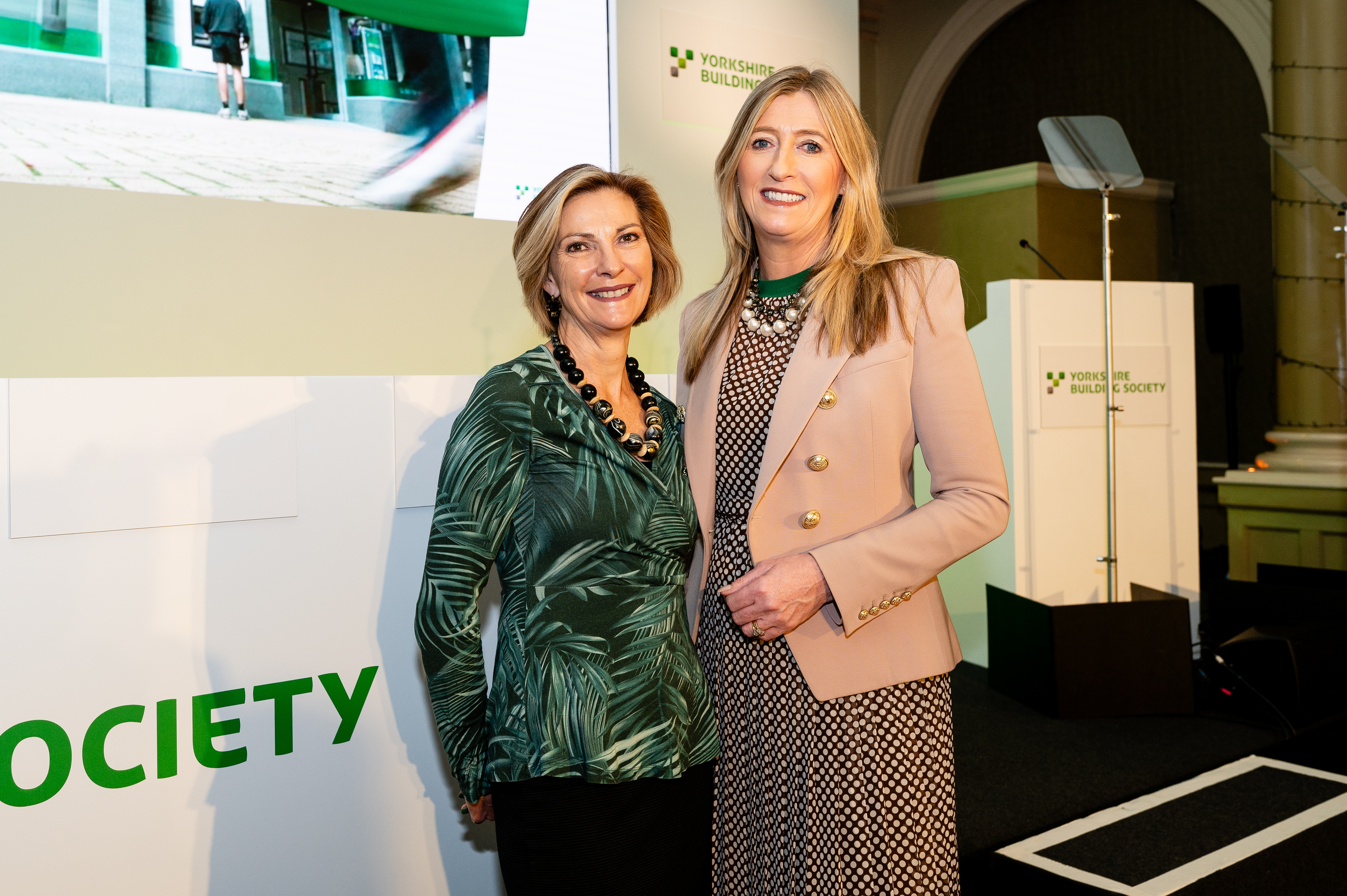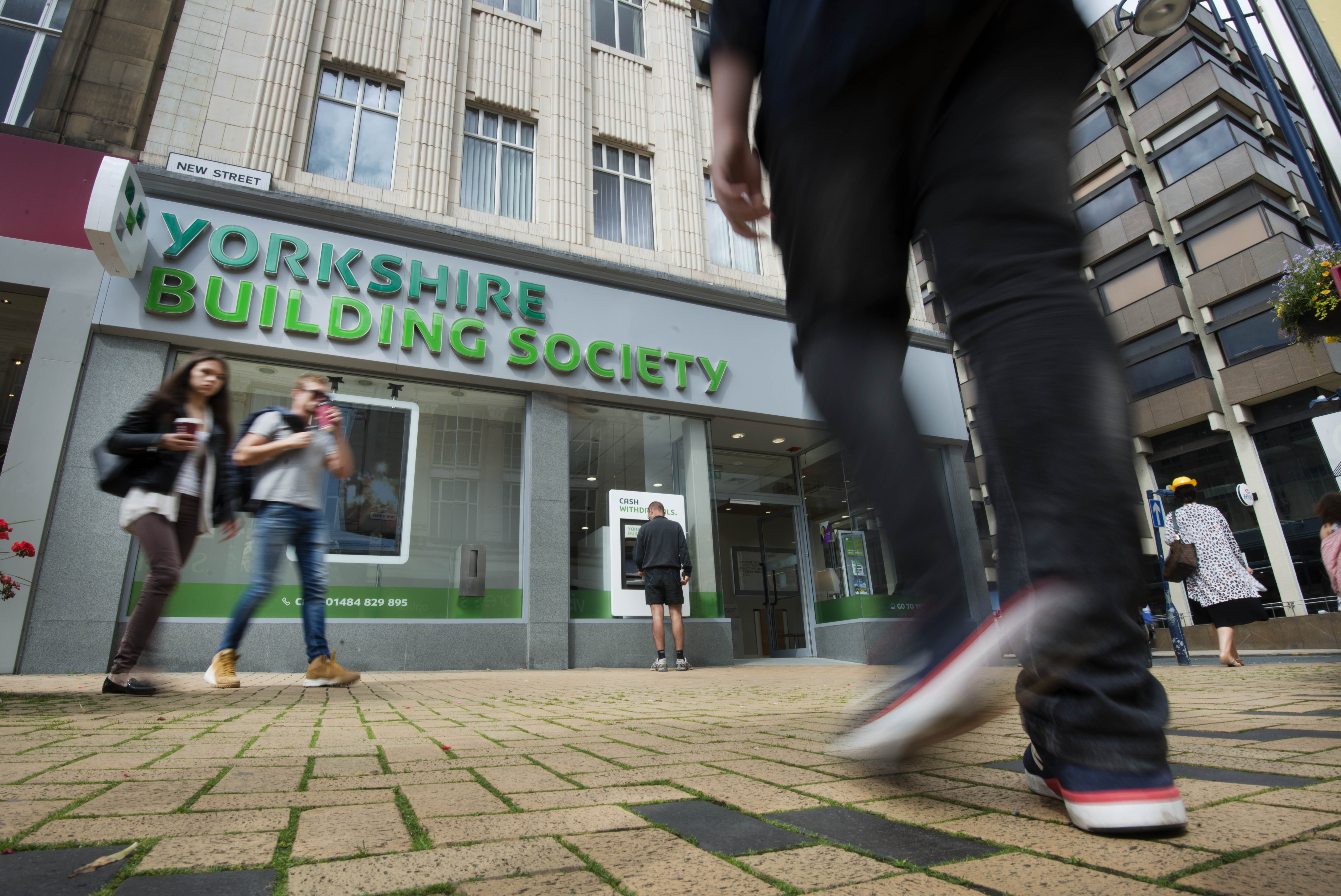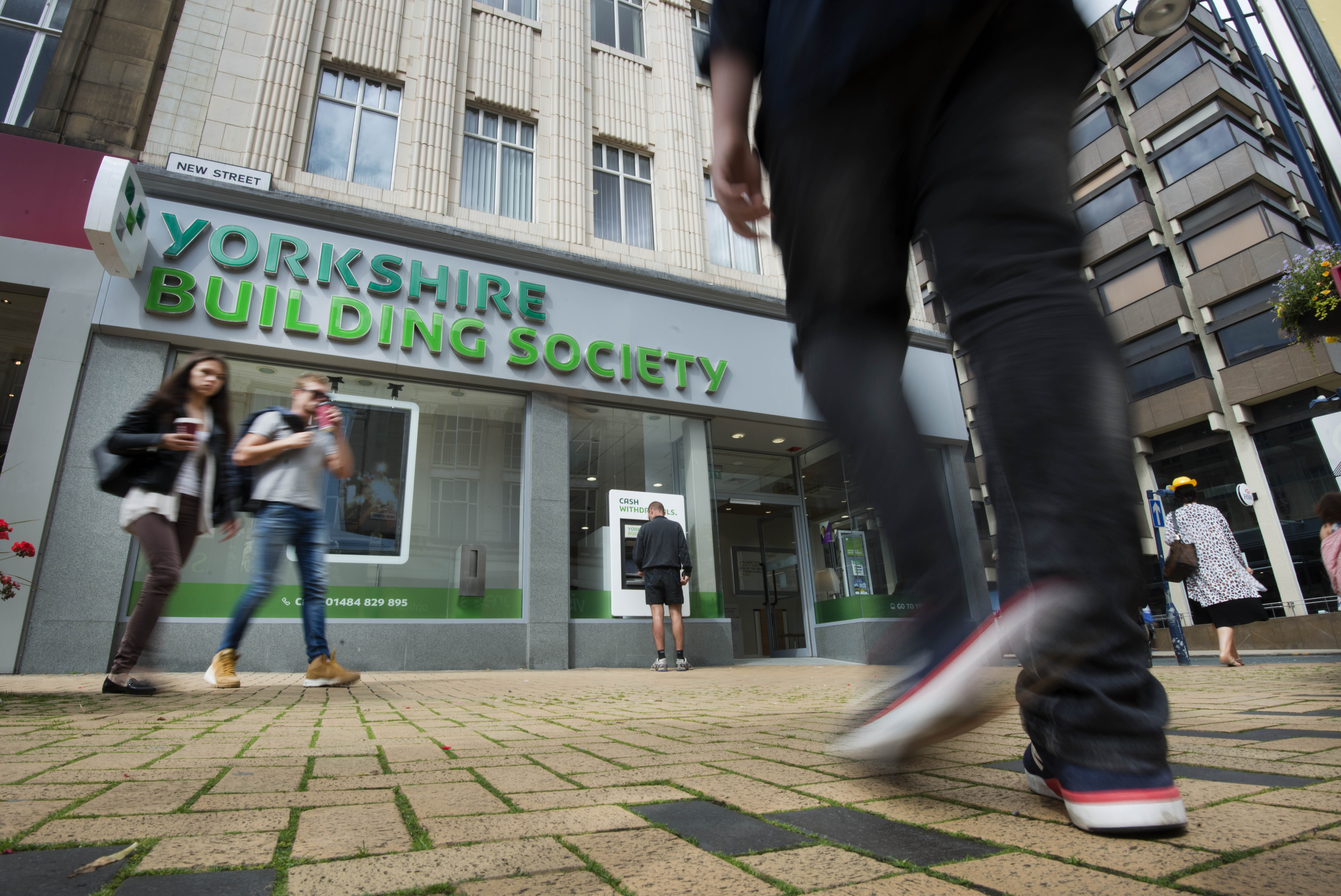Number of first-time buyers hits 20 year high | YBS
Number of first-time buyers hits 20 year high
For the first-time since before the Great Financial Crisis, the number of first-time buyers is estimated to have gone past the 400,000 mark according to latest analysis from Yorkshire Building Society.
Despite the uncertainties generated by the third lockdown in early 2021, latest estimates suggest the number of first-time buyer transactions reached 408,379 during the year which is a 35% increase on 2020 (303,000). (See Table 1). Furthermore, first-time buyers now represent 50% of all house purchases with a mortgage, up from 36% in 2007.
The previous first-time buyer peak was as long ago as 2002, when 531,800 took their first step on to the housing ladder and you must go back 15 years to see transactions at this latest level, reaching 400,900 in 2006. In fact, this year’s figures are broadly double the numbers immediately after the crisis, where they hovered around 200,000 between 2008 and 2012.
Falling unemployment, low borrowing costs and an increased number of low deposit mortgage deals are key drivers of current demand.
Clearly, new buyers have not been deterred by the price of a typical first-time buyer home which has increased by 9% to £222,997 in the year to October, up from £204,230 a year earlier.
The ability of first-time buyers to increase the size of their deposits has been reinforced by the stamp duty holiday. They already benefit from stamp duty relief on the first £300,000 of the purchase price, but the additional relief on the value between £300,000 and £500,000 will have led to savings (and reduced borrowing) in many cases, particularly benefitting new buyers in the high value areas such as London and the South East.
Deposit sizes have increased due to the sudden drop in expenditure during lockdowns. The proportion of households’ disposable income saved nationally rose from 7% in 2019 to 27% in Q2 2020, which was the highest since records began in 1963 by some margin. Current estimates suggest that in aggregate households have built up excess savings of £170b since March 2020.
And according to the English Housing Survey (EHS) first-time buyers are typically in the high-income groups whose finances may have benefitted from COVID-19 restrictions. According to EHS, over 60% of first-time buyers are in the top 40% of the income distribution, where survey data from the Bank of England shows that the improvement in household finances has been greatest.
Nitesh Patel, Strategic Economist at Yorkshire Building Society, said:
The performance of the first-timed buyer market in 2021 has been extraordinary, particularly against the backdrop of uncertainties caused by the lockdown in the early months of the year.
There are some strong drivers of demand that explain the increased volumes. Low borrowing costs is an important factor and the increased availability of more low deposit mortgages has also been an enabler mostly for first-time buyers. Unemployment has also been falling for the last year and the jobs market has been getting stronger since the phased re-opening in April.
Whilst first-time buyers don’t pay stamp duty on prices up to £300,000, new buyers looking to buy up to £500,000 would have benefited.
In the near-term housing demand will continue to exceed supply, however with prices at an elevated level in comparison to local earnings, this should dampen activity. Therefore, it’s unlikely that we will continue to see first-time buyer numbers at this level in 2022 and beyond.
Table 1 – UK First-Time Buyer House Purchase Mortgage Loans 2006-2021
Year |
Number of first-time buyers |
Year-on-year change (%) |
FTB Share of all mortgage house purchases (%) |
2006 |
400,900 |
10% |
37% |
2007 |
357,600 |
-11% |
36% |
2008 |
191,000 |
-47% |
38% |
2009 |
193,900 |
2% |
39% |
2010 |
193,600 |
0% |
38% |
2011 |
188,000 |
-3% |
39% |
2012 |
211,900 |
13% |
41% |
2013 |
258,200 |
22% |
45% |
2014 |
310,300 |
20% |
47% |
2015 |
298,100 |
-4% |
47% |
2016 |
328,500 |
10% |
49% |
2017 |
345,900 |
5% |
50% |
2018 |
353,100 |
2% |
51% |
2019 |
351,300 |
-1% |
51% |
2020 |
303,000 |
-14% |
50% |
2021 |
408,379 |
35% |
50% |
Source: UK Finance, 2021 estimated by Yorkshire Building Society
Methodology
Based on UK Finance data to October 2021, with November and December 2021 volumes estimated by Yorkshire Building Society, in line with previous first-time buyer patterns. Actual data due to be available in February 2022 from UK Finance.
All information correct at time of publication.
W02-22







